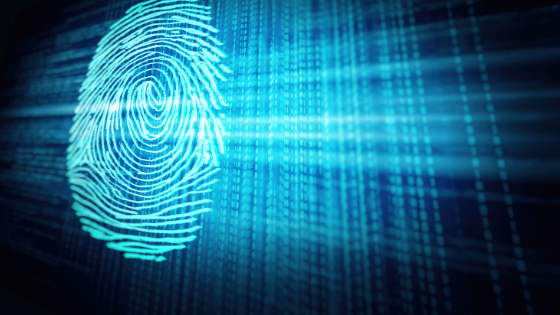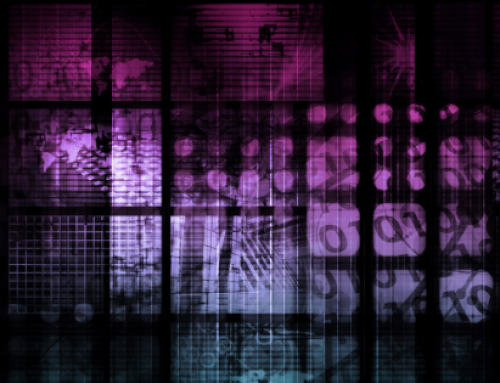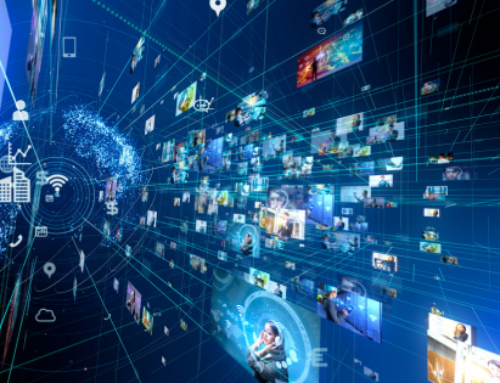With cybersecurity threats at an all-time high, we are having to look at ways to protect our data. Hello, biometrics!
‘Biometrics are body measurements and calculations related to human characteristics. Biometrics authentication is used in computer science as a form of identification and access control. It is also used to identify individuals in groups that are under surveillance’. Wikipedia
How are we using biometric software?
Fingerprints – by far the most common and popular biometric technology we are using and probably the one we are most familiar with for unlocking our phones and tablets. This solution is incredibly powerful but it does still come with its vulnerabilities, research has shown that hackers have been able to lift peoples fingerprint residue to create an artificial fingerprint – usually lifted from the residue left on a device, this allows then to bypass login acuity. Researchers have also found that it is possible to duplicate a person fingerprint using a high-resolution image.
Facial recognition – is now being used by the public on newer versions of phones and tablets. As mobile cameras are becoming more and more advanced, the ability to map facial features for authentication is fast becoming a stronger deterrent for hackers. Facial recognition was developed, by a technology named “OKAO Vision Face Recognition Sensor” it was created by OMRON Corporation. For more than a decade this type of biometric recognition system was used on mobile devices but it has never been so popular since November 2017, when the iPhone X was released. Border controls and police investigators have been using facial recognition software, successfully, for many years.
Retina scanning – this is truly a unique form of software security and is considered the most reliable and precise biometric software after DNA. The retina scan will measure the unique blood vessel patterns ins a persons retina. Unfortunately, retina scanning does come with its disadvantages – the cost of the equipment is extremely expensive and requires very close proximity to the user’s eye, research has also shown that low-quality equipment could potentially damage the eye and on top of that, diabetes, glaucoma or astigmatism may affect the accuracy of the scan.
Voice recognition – yes, you read that right, voice recognition! Not one we are all familiar with and not as widely used as some of the above biometric software but it has the potential to be a useful solution to support authentication as every voice has different qualities – depth, speed, tone and patterns that are extremely difficult to mimic. Voice recognition has been trailed and used by financial institutions to authentic incoming customer calls to stop fraud.
These technology solutions are helping us to combat the fight against hackers and are a reliable and convenient way of identification but they are opening us up to vulnerabilities, for example, identity exposure, identity theft and sharing information involuntarily. We should be considering several data security questions about the use of this kind of technology, where and how, for example, our data is stored.
If you have a project in mind please get in touch




